Natural Leading Lines
There are countless different ways with which you can compose a photograph and many different tactics to help make that composition more attractive. One of those ways is to introduce a series of elements within your frame to help lead the viewers eye from one point to another. These have non-surprisingly been dubbed “leading lines”.
Leading lines can come in a variety of forms, from a picket fence moving towards the distance, to a series of geographical objects aligned nicely to taper off towards the background, or a slow shutter speed used on an outgoing wave. The options go as far as you can imagine.
Let’s have a look at a series of examples of how leading lines can effectively be used in nature.
Afar Depression, Ethiopia
Deep in the Afar Depression, northern Ethiopia, is an alien landscape full of cracked and hollow volcanic surfaces. Getting a unique composition in an area such as this can be challenging, thankfully large cracks in the surface present a perfect opportunity to make use of some natural leading lines. Moving from close up in the cracked foreground, up towards the uneven and jagged horizon, the composition becomes much more attractive and helps lead the viewer’s eye up and down in a natural flow, linking the both sections of the photograph.
Leura Cascades, the Blue Mountains
This particular set of leading lines relies heavily on a tripod and the skilled use of an extended shutter speed. By keeping the camera very still (via the use of a tripod) and slowing the shutter speed down to 1/2 a second to a few seconds, I was able to capture the moving bubbles of water in the shape of multiple lines. This had to be observed first to figure out the direction of the moving bubbles in order to position the camera. As you can probably tell, the natural flow of leading lines goes between the bottom right third of the photograph and curves up towards the upper centre to where the main focal point occurs.
Railay Beach, Thailand
This form of leading line is particular hard to achieve, but as you can see, quite effective when done well. While it’s common for foreground elements to sit at the bottom of the photograph, it doesn’t always have to be the case. With a bit of experimentation, trial and error, the over hanging tree branch acts as a guideline and motions the viewer’s eye from the upper of the photograph (in this case the foreground), towards the bottom of the photograph, the background. A unique example of how changing things up a bit can work quite well in your favour.
Dunes of Huacachina, Peru
Probably the most obvious (and easiest) out of all examples, is this photograph of the sand dunes outside of Huacachina, in southern Peru. The top crest of the wind swept dune provides an immediate line that curves from the foreground to upper centre providing a flow throughout the frame. If this line was to be going from left to right in the foreground (instead of how it is), with no connection or “lead” to the rest of the photograph, it would not be quite as effective.
As you can see there is a myriad of ways in which you can derive leading lines from elements in nature. The trick is to be creative with what you’re doing. Your first shot will more likely than not, not be your best shot. So always try to visualise the final frame before taking the photograph and experiment with the environment around you.

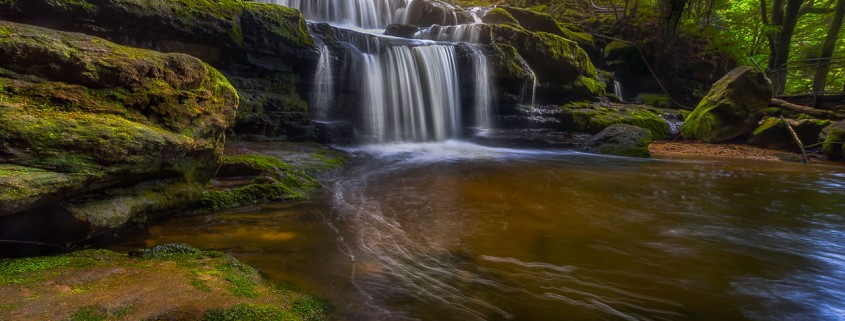
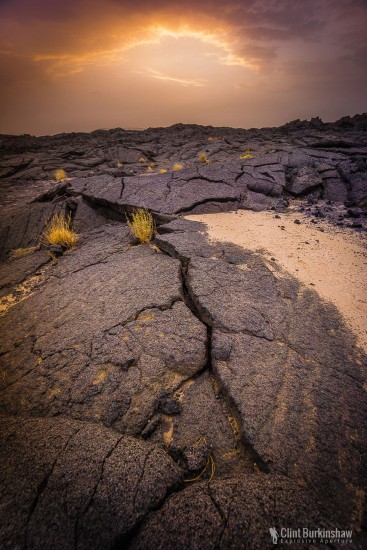
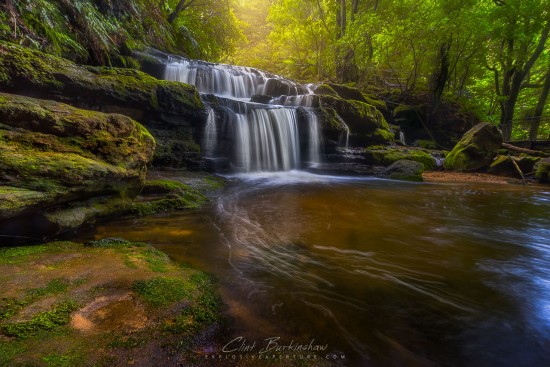
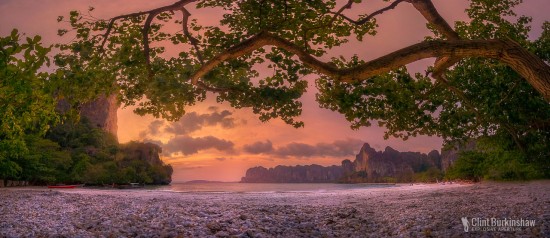
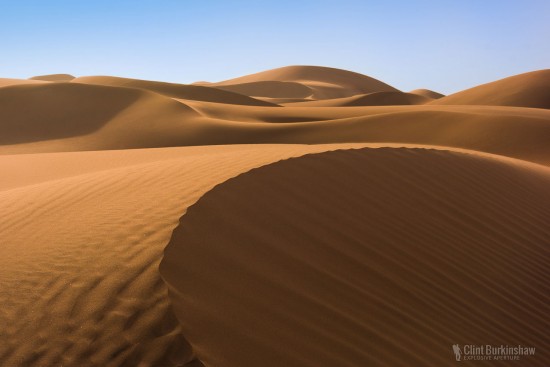


Can I ask how you merged the photos for the waterfall shot (presuming you took multiple exposures)?
You can find out how we merge photos using this tutorial: BLENDING WITH LIGHT
nice pictures
Thanks very much Dhanakotirao. Glad you like the photographs.
Really wonderful pictures.
Thanks very much. Glad you like the snaps!!